
Money trees are well-loved houseplants, despite not growing actual cash. But compared to their wild, tropical counterparts, they tend to be more delicate indoors. Say you or your pet accidentally broke its stem – is it possible to reattach the limb and save the money tree?
The short answer is no, regardless of the cause. Breakage due to physical force is salvageable through stem-cutting propagation. However, suppose the breakage is caused by rot or dehydration, further plant inspection will be required to ascertain the extent of the damage and what is salvageable.
If you want to know how to propagate a cutting, a broken branch, or a broken off stem you can read the small section of our propagation article that will tell you what is required for successful propagation and how to propagate step by step. Spoiler alert: if the cutting or broken piece is healthy and has a node, you have a pretty decent shot at succeeding. Just put it in some healthy soil and keep up with its care.
Below, I talk about how to handle a broken money tree stem and the primary care it needs to grow again:
(As an Amazon Associate, I earn from qualifying purchases.)
Table of contents
- How Do You Fix a Broken Money Tree Branch/Stem?
- What Do You Do with a Broken Stem from a Money Tree?
- What Basic Care does a Broken Stem from a Money Tree Need to Recover After Propagation?
- 1. Plenty of Bright, Indirect Light Away from Direct Sun Rays
- 2. Well-draining Potting Medium Similar to Cactus & Succulent Soil Mix
- 3. Watering Every 3-4 Days When The Top 2 Inches of Soil is Dry
- 4. No Fertilizing For 3 Months Until It has Grown New Foliage
- 5. Repot Recovering Money Trees After 1-2 Years to Encourage Extensive Growth
How Do You Fix a Broken Money Tree Branch/Stem?
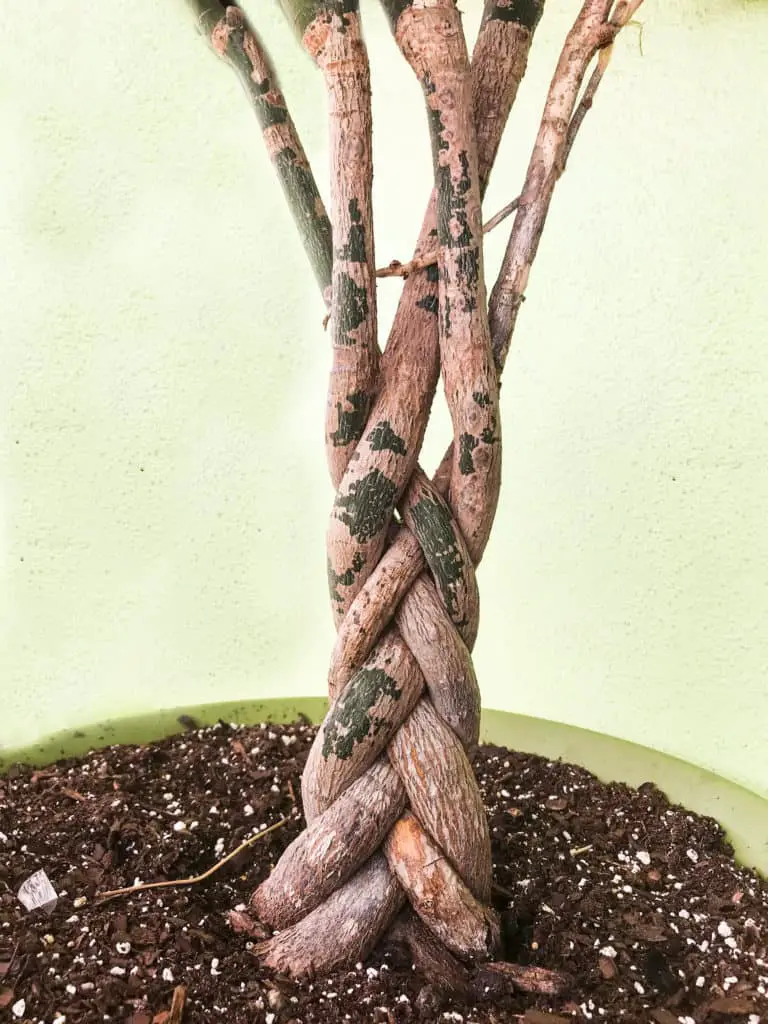
You can’t fix a broken money tree stem or branch. As sad and disappointing as that is for you to hear, it’s the reality. You can attempt grafting it together again to get it to fuse back, but this has a very, very small chance of succeeding.
A crucial protection mechanism is initiated by the plant when a stem is separated, whether by accidental breakage or intentional cutting. The vessels (botany name: trachea) transporting nutrients and water from one end of the plant to the other are sealed off. This prevents the loss of valuable resources and blocks pathogens from latching onto the open wounds. Handy, but ultimately it makes the whole broken stem re-connection thing improbable.
What Do You Do with a Broken Stem from a Money Tree?
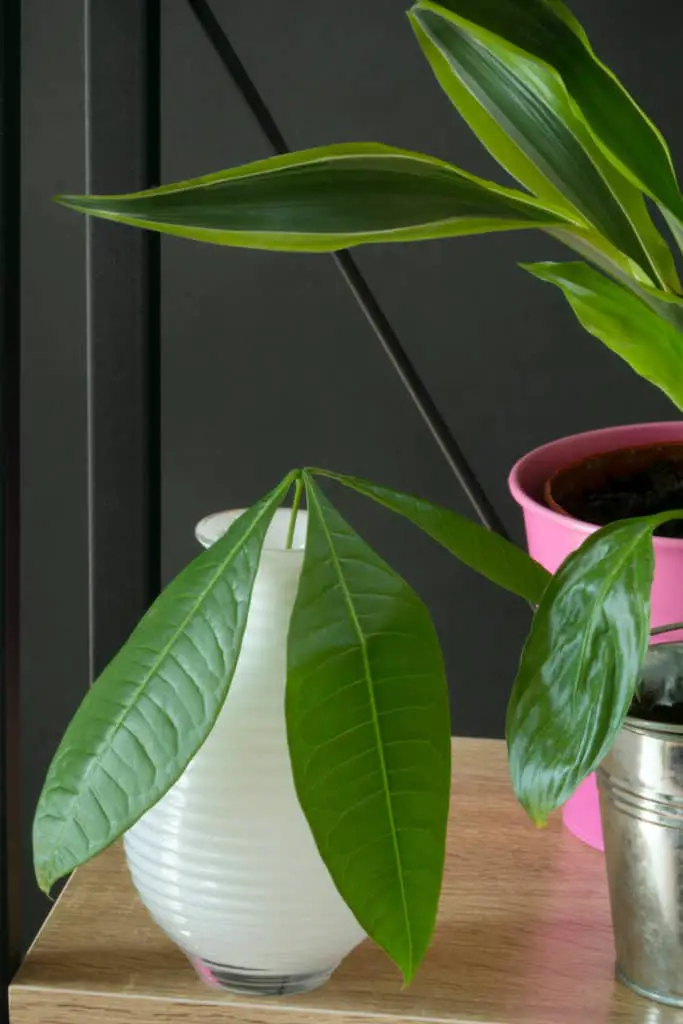
The best thing you can do with a broken stem is propagate it just like a cutting. If it’s a firm, healthy stem with leaves and nodes, just do a bit of cutting and replant the stem in another pot. For those not familiar, nodes are small, swelled-up points on a branch where new growth will develop. You can find out how to find a node & do stem-cutting propagation in this article. The procedure is pretty general, money tree propagation is not any more complicated than it is with any other plant. As long as you have a node and the cutting is healthy, you’re good.
If the broken stem has separated due to dehydration or rot, there may be an underlying issue in the plant. It’s crucial to inspect the plant at once to investigate the scope of the problem. This precaution will save you the effort of propagating a money tree that is too far gone.
Dehydration is relatively straightforward to fix. It’s an underwatering matter, so giving your money tree a thorough soak will be more than enough for it to eventually recover. But if 2/3 of the plant is already dried and brittle, you’re better off discarding it and propagating the remaining plant parts.
On the other hand, rot leaves your money tree with a 50-50 chance of recovery. This is primarily an overwatering complication and has something to do with the roots. You can read this article for more information about fixing root rot. With any luck, there will still be healthy leftover branches for you to grow a new money tree.
What Basic Care does a Broken Stem from a Money Tree Need to Recover After Propagation?
1. Plenty of Bright, Indirect Light Away from Direct Sun Rays
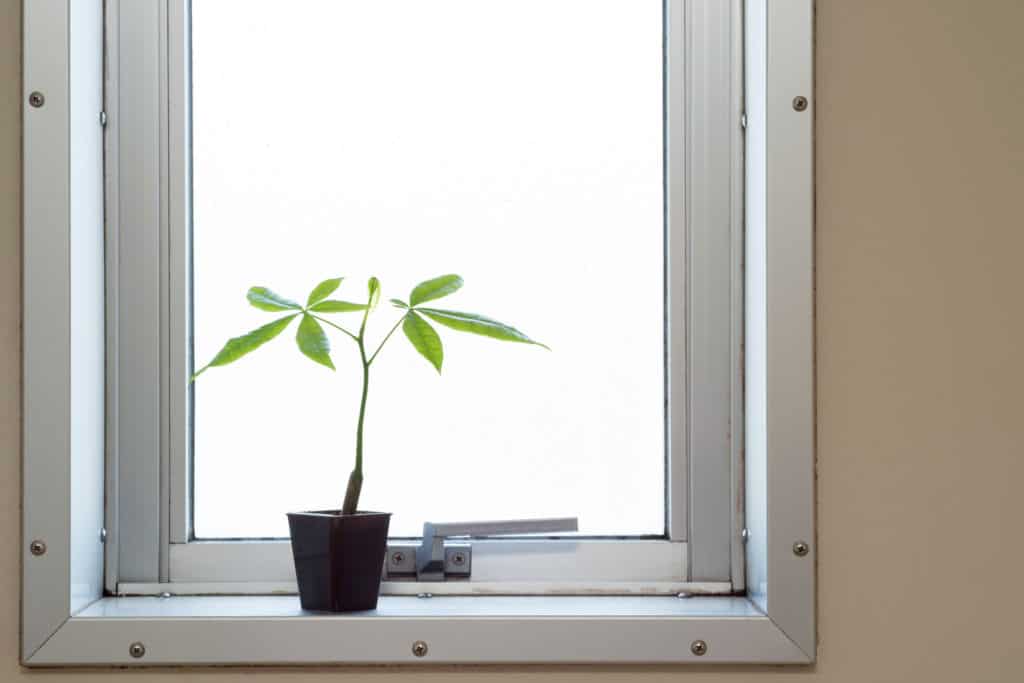
Like most tropical household plants, money tree needs indirect sunlight to grow well. The brightest spot in your home may be the perfect location for your plant, but ensure to cover the window with a curtain to avoid direct sun.
Here’s how to troubleshoot your money tree with some common sunlight problems:
- Yellow leaves – the plant is not getting enough sun. Slowly move it to a brighter area one day at a time.
- Leggy growth – the plant is getting sun on only one side. Rotate your money tree to allow even sunlight exposure on all sides.
- Scorched leaves – the plant is getting too much direct sun. Move it to a shadier location where it can receive filtered light.
2. Well-draining Potting Medium Similar to Cactus & Succulent Soil Mix
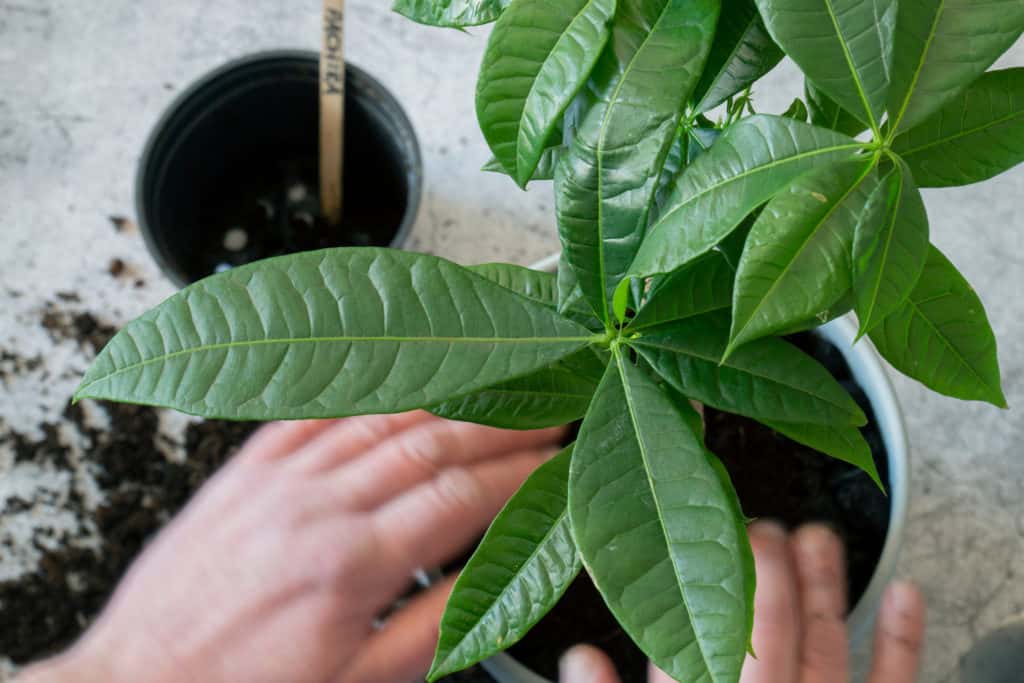
Money trees hate it when you leave them sitting in water for too long. So good drainage is critical to ensure their livelihood. There may be some variations needed for different species or cultivars, so be sure to ask what your particular money tree plant needs. Other than that, 6:4 portions of regular potting soil and perlite/vermiculite/gravel will also be just as good.
3. Watering Every 3-4 Days When The Top 2 Inches of Soil is Dry
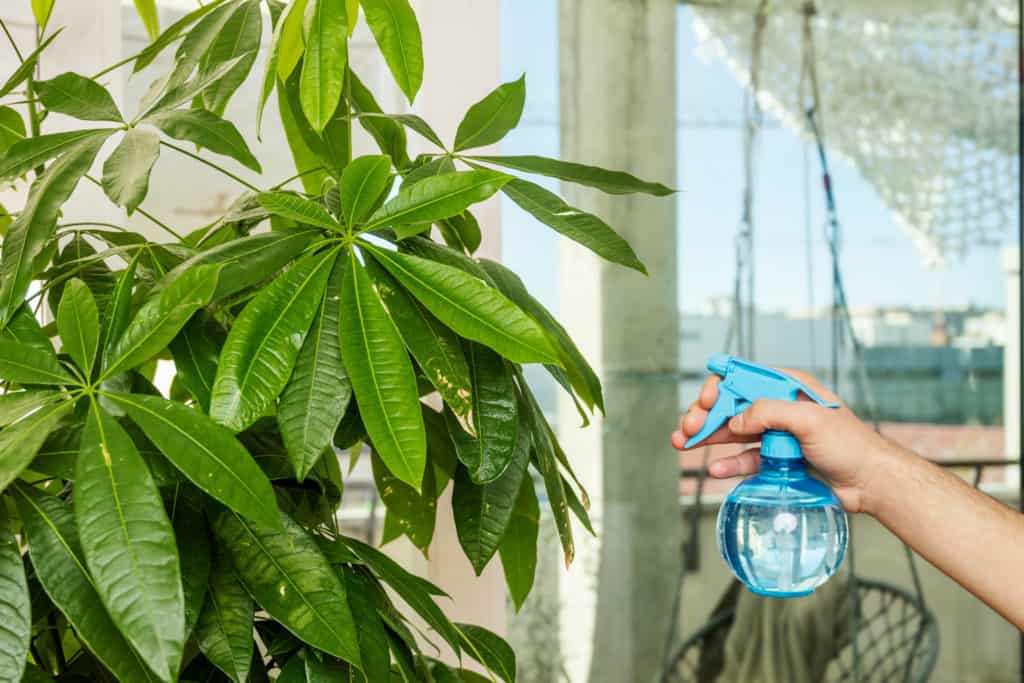
Depending on the size of your money tree and climate area, this watering frequency could vary. As with any plant, use the knuckle test before giving your plant a thorough soak to prevent overwatering. Money trees like a consistently moist soil environment, but never a dried-out one.
4. No Fertilizing For 3 Months Until It has Grown New Foliage
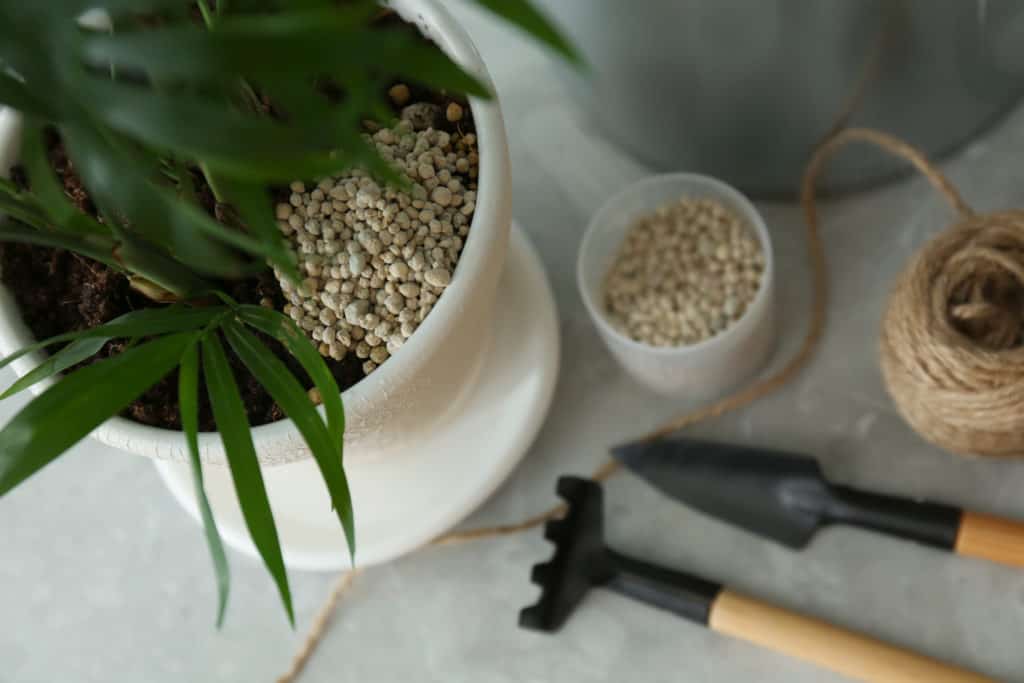
The broken stem needs to focus on growing roots first before putting out any leaves. Fertilizing the newly propagated money tree at this stage will only burn the tender roots. You can only start to give it fertilizers once the plant produces 2-3 sets of new leaves.
Small money trees in recovery often benefit from biweekly fertilizing diluted at half strength to boost their growth. Later on, you can cut their fertilizing schedule down to twice a year during spring and autumn when the plant has grown considerably larger.
5. Repot Recovering Money Trees After 1-2 Years to Encourage Extensive Growth
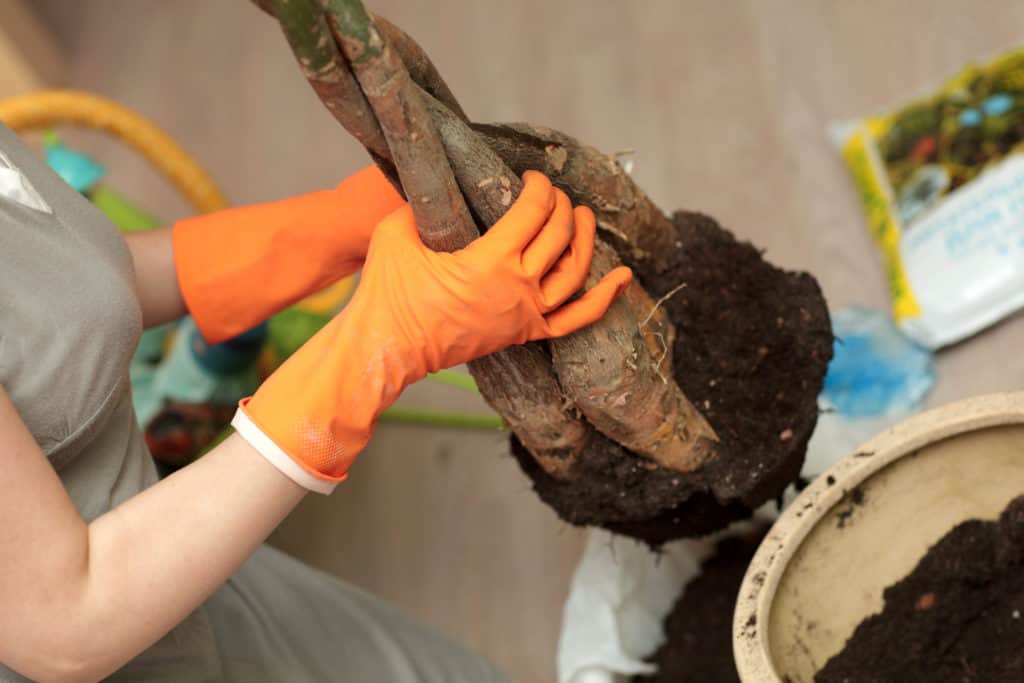
It usually takes a while before money trees grow bigger, and a propagated one is no different. But typically, in a year or two, it will need to be transferred to a larger pot. If you want to keep the tree restricted to a smaller size, you can keep them in the same vessel for years and prune them down to maintain a bushy, compact shape. But the downside to this is the plant may become rootbound. At the end of the day, it’s up to you.
I wish you and your money tree the best. Happy planting!
References:
https://sites.psu.edu/forloveofchlorophyll/2018/01/23/pachira-aquatica/
https://libguides.nybg.org/pachira
http://www.gardenology.org/wiki/Pachira_aquatica
https://www.missouribotanicalgarden.org/PlantFinder/PlantFinderDetails.aspx?taxonid=277941
https://garden.org/plants/view/78077/Money-Tree-Pachira-aquatica/

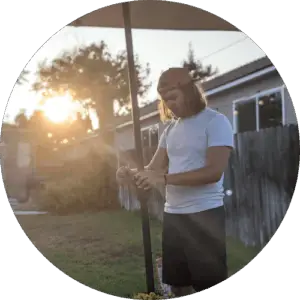
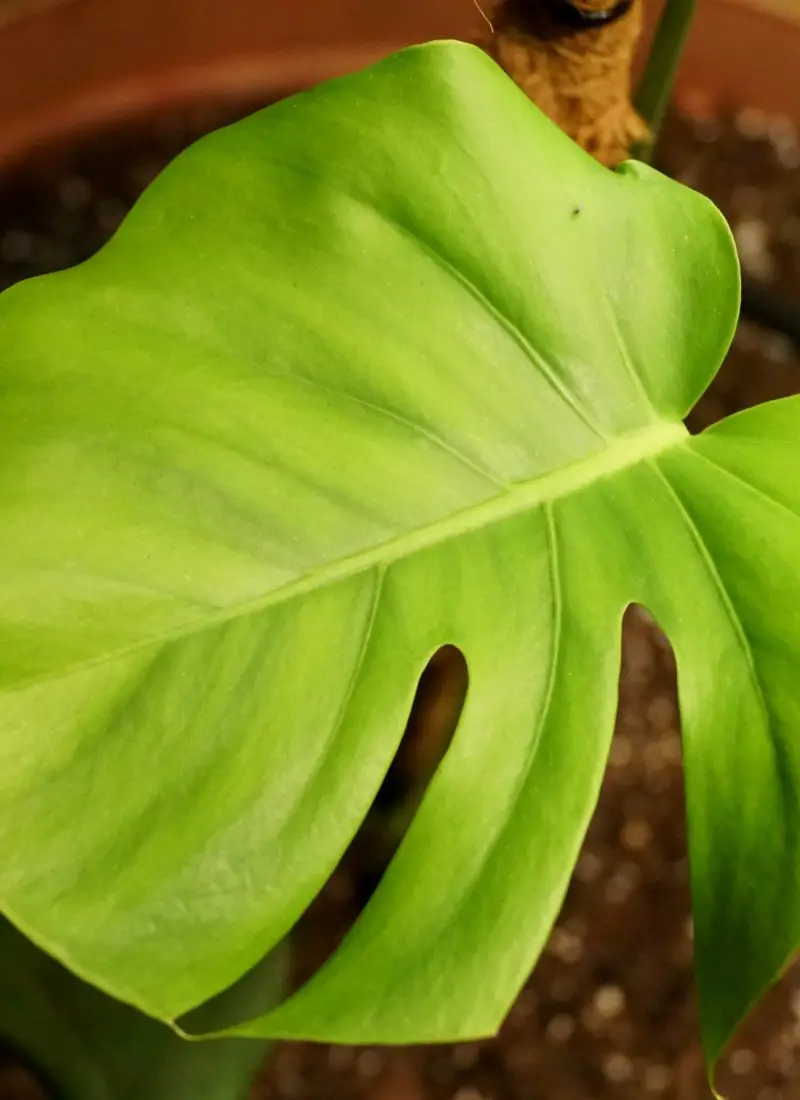
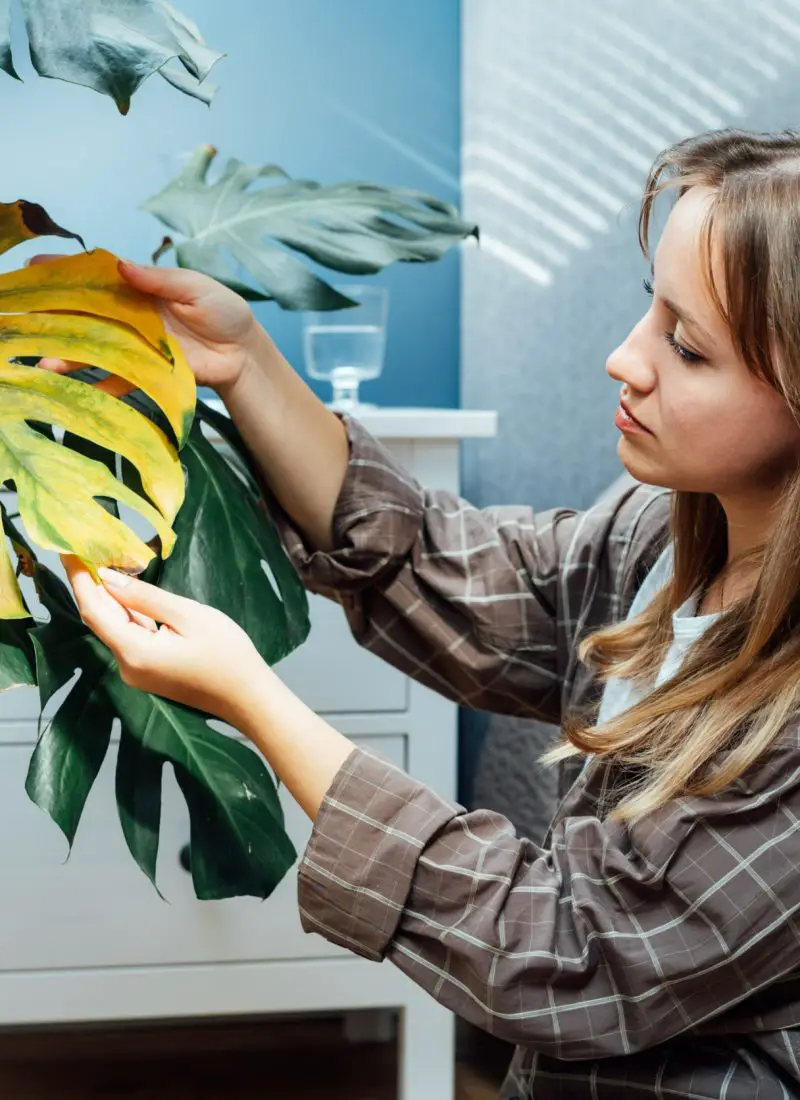
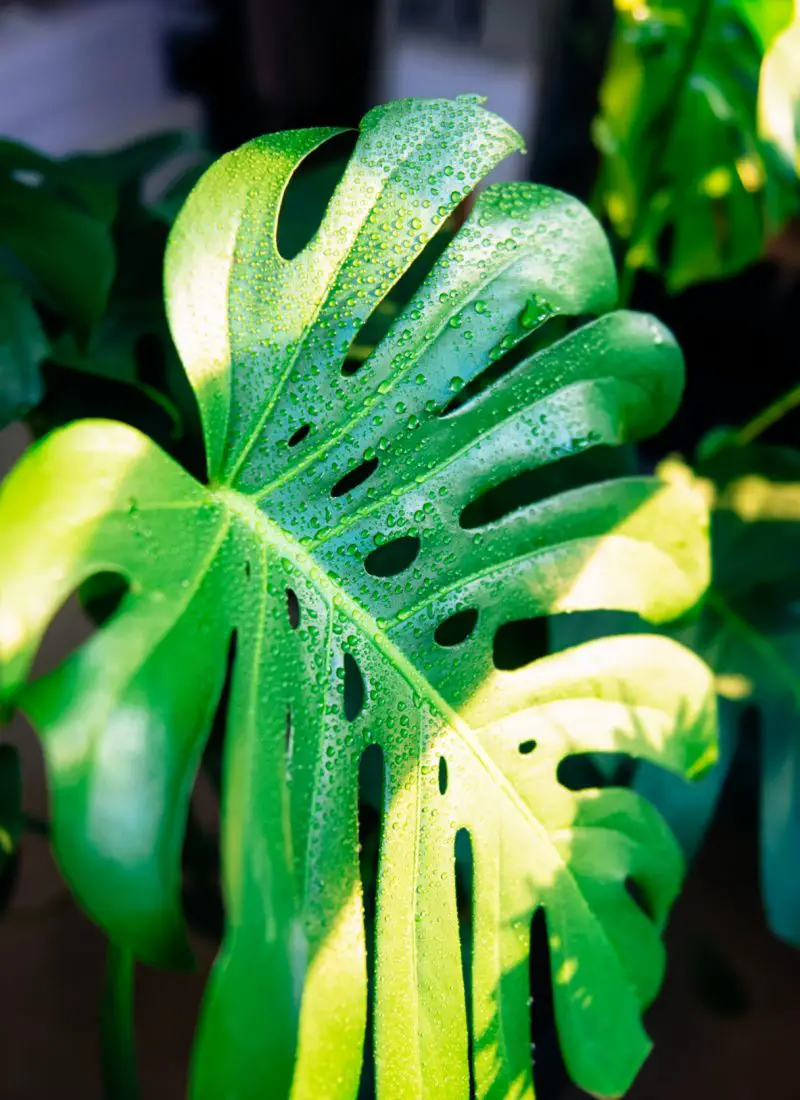
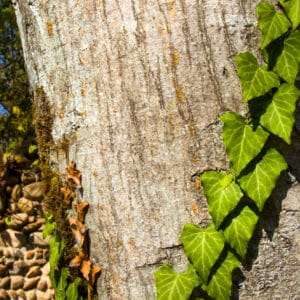
Leave a Reply